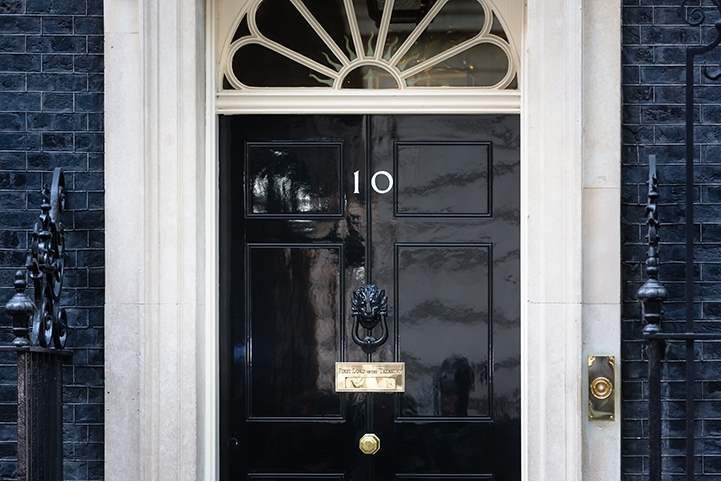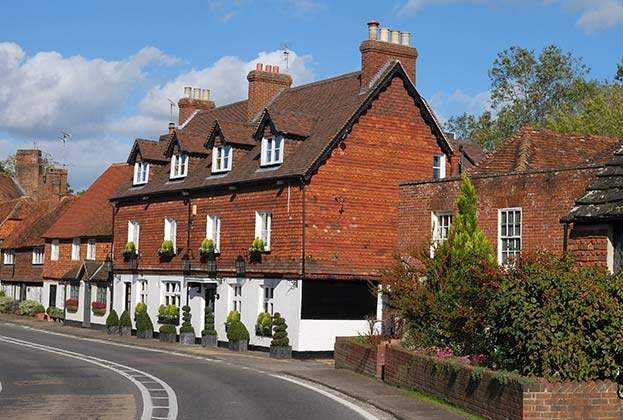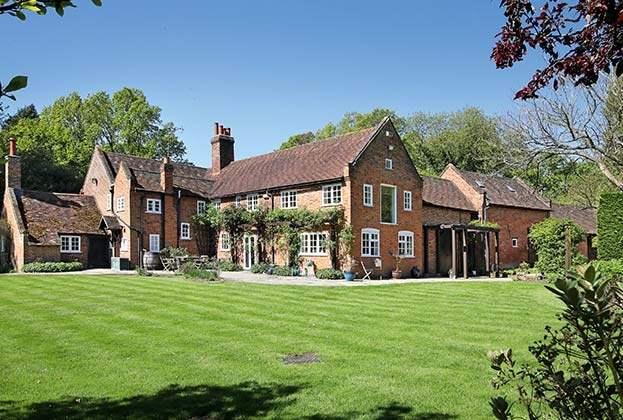Lucian Cook, Head of Residential Research, considers how the Brexit pendulum will swing and takes comfort in the longer-term view
Over seven days in October 1971, the House of Commons debated whether the UK should join the European Community. Despite the polls showing more people were against membership than for, 356 MPs voted in favour of joining, with 244 voting against.
The 112 majority far exceeded most predictions. Although 39 Conservative MPs voted against the Government, 69 Labour MPs voted with it. The New York Times described it as a “tremendous victory” for the then prime minister Edward Heath and “the fulfilment of a long-standing vision of Britain in Europe”.
Between the parliamentary decision to join the EU and formal accession in January 1973, the average price of the UK house rose by 50% in nominal terms (37% even after accounting for inflation), as ‘The Barber Boom’ took hold.
Fast forward more than 46 years and, as the UK seeks to disconnect itself from the EU, things could not be more different. The result of the political turmoil has been uncertainty. It’s not something the UK housing market – prime or mainstream – much cares for.

Despite high employment and robust wage growth, UK house price indices are flat, with prices falling slightly in real terms.
Across the capital and its commuter zone, values in the prime housing markets are, to a greater or lesser degree, lower than at the time of the referendum. Even in the strongest part of the prime housing market, annual price growth is in low single digits.
High quality, appropriately priced properties continue to trade. But that has required buyers and sellers to be on the same page. It has called for a realignment of expectations and a level of pragmatism that is both unique to trading in a slow housing market and seemingly beyond the grasp of our politicians.
After the EU voted to extend Article 50, Morgan Stanley put the risk of a no-deal Brexit at 5%
Savills Research
In the early to mid-1970s things changed quickly. The oil crisis of 1973 sparked uncertainty and, by June 1975, high inflation meant that house prices were falling at 14% per year in real terms. The Government had changed and membership of the European Community was being put to the public vote.
If we are now in a polar opposite situation, what are the chances of the reverse occurring? Whichever way the Brexit pendulum swings, and whatever the fundamentals of demand that underpin the prime housing markets, it will be some time before we have a clear understanding of what lies ahead.
On the plus side, few on either side of the negotiating table relish the prospect of a no-deal Brexit. The combination of an extension to Article 50 to 31 October, the stated desire of a majority in parliament to avoid a no-deal Brexit, and cross-party negotiations suggest that prospect has receded. But it does not necessarily mean we should expect a sustained bounce just yet.
Immediately after the EU voted to extend Article 50, Morgan Stanley put the risk of a no-deal Brexit at just 5%. That should encourage some of those who put decisions on hold. But we expect others to continue to adopt a wait-and-see approach. Morgan Stanley also equally weighted the prospects of a cross-party deal, second referendum and early election suggesting elements of political and economic uncertainty will remain.
Even if a deal is agreed to facilitate such an orderly Brexit, any new leader of the minority government who has to work through the two-year transition period will inherit a half-finished jigsaw. That suggests the expected improvement in buyer sentiment will be limited, that the housing market will remain price sensitive, and that those in the market will need to maintain that sense of pragmatism.
At some point, that uncertainty will pass, heralding a return to more normal market conditions when the fundamentals that underpin the prime property markets will come back into play. That should give comfort to those who are prepared to take a longer-term view, who we believe are likely to remain the backbone of the market until that point.
Read the other articles within this publication below
.jpg)

.jpg)

.jpg)
.jpg)
.jpg)
.jpg)